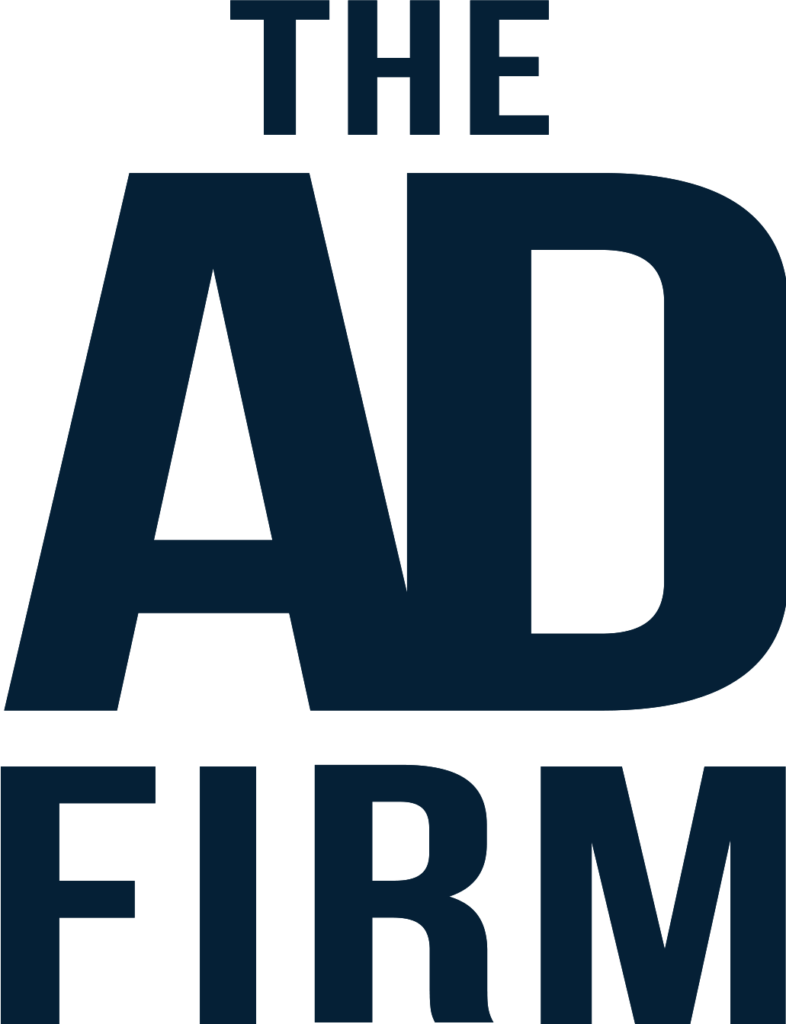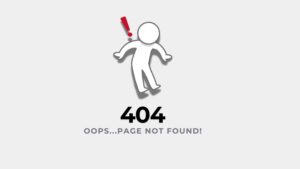Got penalized by Google for having thin content? Wondering how it affects your website’s performance? In this guide, we will explore the impact of thin content on your website and provide tips on how to avoid it.
What is Thin Content?
Thin content is essentially web content that fails to provide any significant value to its users. This is considered a “red flag” if the site has a significant number of pages with thin content, as it can negatively affect site rankings and traffic. It refers to web pages that have little or no useful information for users, such as duplicate or low-quality content.
Often, people confuse thin content with short content or pages with a low word count. However, thin content is not necessarily a result of page length, but rather the lack of substance and value in the content itself. Google considers it thin content when it meets the following criteria:
- Your site is full of pages with little or no content
- Pages contain duplicate or near-duplicate content
- Content is gibberish or automatically generated
- Contains scraped content from other sites without added value
- You’ve scraped content from multiple pages on other sites and combined it into one page
- Pages are full of affiliate links and no real content
- Your site is nothing but pulled data from other sources or simply a parked domain
Note that very little word count can still count as thin content, but in many cases, this is not a sufficient indicator. When the bots are crawling a web page, they are not just looking for the number of words on the page but also if it answers the user’s query with valuable and helpful information. Make sure it answers the following questions:
- What is the main topic or purpose of the page?
- Does it provide valuable and informative content related to the main topic?
- Is it unique and original, not copied or duplicated from other sources?
- Does it answer the user’s query or search intent?
- Does it provide a good user experience, such as easy navigation and clear organization of information?
As a general rule of thumb, Google prioritizes quality over quantity when it comes to content.
Google Hates Thin Content and Here’s Why
Google has made it clear that its top priority is to provide the best user experience possible. Thin content does not align with this mission, and therefore, Google has been cracking down on sites with thin content in search rankings. Google places a high value on unique and original content. When it detects duplicate or near-duplicate content, You may get a warning message from Google Search Console if your site has thin content or receives a manual penalty. Then, Google will start to devalue your site’s pages and lower its ranking which should motivate you to strengthen your SEO content creation efforts.
Here’s an in-depth look at why Google hates thin content:
- Poor user experience: Thin content is unhelpful and often leads to a poor user experience. Users are less likely to spend time on your site if they do not find value in the content, which ultimately affects your site’s traffic and rankings.
- Spammy tactics: Thin content can often be associated with spammy tactics, such as keyword stuffing or cloaking. These tactics violate Google’s guidelines and can result in a penalty.
- Duplicate content: Google places a high value on unique and original content. When it detects duplicate or near-duplicate content, it may devalue the site and its pages in search rankings.
- Inaccurate information: Thin content can also lead to misleading or inaccurate information, which goes against Google’s mission of providing accurate and helpful information to its users.
- Does not fulfill user’s search intent: Google’s algorithms are designed to match a user’s search query with the most relevant and helpful content. If your site has thin content, it may not fulfill the user’s search intent, leading to a poor overall experience for the user.
How Thin Content Affects Your Website Performance
Having thin content can have a significant impact on your website’s performance in various ways. Often, businesses will opt to employ digital marketing services to combat and reduce the effects of thin content.
Here are some potential consequences of having thin content on your site:
Decreased Rankings
The most direct impact of thin content on a website is the degradation of its search engine rankings. Search engines, especially Google, employ sophisticated algorithms designed to reward comprehensive, high-quality content that satisfies user intent. Thin content is typically scant in detail, often superficial, and fails to offer the depth that these algorithms favor. Consequently, websites with thin content are frequently relegated to lower rankings, making them less visible to potential visitors.
Increased Bounce Rates
A ‘bounce’ occurs when a user visits a single page on a website and then leaves without viewing any other pages. High-quality content naturally encourages visitors to explore a website further, reducing bounce rates. Conversely, thin content often results in higher bounce rates as it fails to engage users, leading to a quick exit. High bounce rates can also feed back into search engine algorithms, further hurting a website’s ranking prospects.
Lowered User Engagement
User engagement is a broad metric encompassing various behaviors, including time spent on a page, interactions with content, and social shares. Thin content is typically unable to sustain user interest, leading to poor performance in all these areas. Search engines track these metrics, using them as indicators of content quality. Pages with low user engagement signal to search engines that the content is not meeting users’ needs, which could prompt a decrease in SERP positioning.
Reduced Conversion Rates
For many websites, the ultimate goal of high traffic is a high conversion rate—turning visitors into customers, subscribers, or leads. Thin content undermines this by providing insufficient information to persuade a user to take action. Whether it’s making a purchase, signing up for a newsletter, or downloading a resource, conversions rely heavily on the quality and persuasiveness of content.
8 Examples of Thin Content
Auto-generated content lacking a human touch
A website that uses software to scrape content from various sources and then uses an algorithm to stitch this information into an article. The output often reads mechanically and does not flow naturally, as it is not edited or reviewed by a human for coherence or engagement.
Pages with only one or two paragraphs that offer no real depth on a topic
A blog titled “The Comprehensive Guide to Mediterranean Diet” contains only two brief paragraphs summarizing the diet without providing any detailed guidance, meal plans, recipes, or nutritional information.
Overly simplified product descriptions that don’t explain features or benefits
An online electronics store that lists a new smartphone with the description “Latest model with camera,” neglecting to specify the camera’s features, the phone’s specifications, or how it compares to previous models.
Articles stuffed with keywords but devoid of useful information
A piece on “Best SEO Practices” repeats the phrase ‘SEO practices’ in every sentence but fails to offer any practical advice, detailed strategies, or actionable steps.
Content copied from other sources without original insights or added value
A health and wellness site publishes an article on “10 Benefits of Yoga,” which is a verbatim copy from a popular yoga blog, adding no new perspectives, personal experiences, or additional research.
Blog posts that answer a question with yes or no but offer no further explanation or context:
A post titled “Is Veganism Healthier Than a Meat-Inclusive Diet?” simply states “Yes” and ends with a sentence, ignoring the nuances of the debate or scientific evidence supporting the claim.
Category pages on e-commerce sites with lists of products but no descriptions or category information:
A fashion retailer’s ‘Summer Dresses’ category page displays images of dresses with prices but omits style advice, fabric details, or sizing guides that could help the user make an informed purchase.
Thin affiliate content that provides no additional information about the products being promoted:
A blog post titled “Top 10 Kitchen Gadgets Everyone Needs” lists products with affiliate links but doesn’t explain why these gadgets are useful, how they work, or what makes them better than their competitors.
Step-by-Step Guide to Improve Thin Content
Step 1: Conduct a Technical and Site Audit
While Analytics and Google Search Console are useful tools, there are also other tools that you can use to audit your website’s overall performance.
Screamingfrog is a highly recommended tool that crawls your website because it provides a free version that can crawl up to 500 URLs. This will help identify technical issues on your website such as broken links, duplicate content, and missing meta tags that could contribute to thin content.
Other SEO platforms that you can use are:
- Ahrefs
- SEMrush
- Moz
If you’re using Analytics and GSC, you can identify pages with low user engagement and high bounce rates, which could be an indication of thin content. Go to your Analytics account > Behavior > Site Content > Landing Pages and sort by bounce rate. Analyze the pages with high bounce rates to determine if they need improvement. Or you can use GSC’s Performance report to find the following:
- Low Clicks and Impressions
- High Impressions but Low Clicks (Low CTR)
- High Average Position but Low Clicks
- Look for any ‘Excluded’ pages, and within this section, pay attention to the ‘Crawled – currently not indexed’ or ‘Discovered – currently not indexed’ status
Step 2: Develop a Content Audit Plan
Once you have completed your technical audit, it’s time to document your findings and assign a specific action plan to address each issue.
- Segregate the thin content pages into a separate spreadsheet. Include details such as URL, page title, word count, user engagement metrics (time on page, bounce rate), and any other relevant information.
- Assess each page individually to determine the cause of poor performance. Is it due to low-quality content or technical issues? Are there duplicate pages that need to be consolidated?
- Determine whether they are for “noindex” or “improve” action. This will depend on the page’s purpose and value to your website.
- Assign a writer or team to update the content or create new, more comprehensive pages.
With clear objectives set, outline improvement strategies for each piece of content. Prioritize based on the potential to drive traffic and relevance to your business goals.
Step 3: Create a Keyword Strategy
Assigning relevant keywords to each page is essential for SEO. Conduct keyword research to identify which phrases are relevant and valuable to your business. Include long-tail keywords that address specific topics or questions related to the page’s focus.
- Use tools like Google Keyword Planner, Ahrefs’ Keywords Explorer, or SEMrush’s Keyword Magic Tool to find relevant and high-traffic keywords for your pages.
- Include these keywords naturally throughout the content and in meta elements (title tags, headings, alt text).
Having the right keywords can help improve the page’s visibility and attract more qualified traffic.
Step 4: Revise, Update and Optimize Content
Once you have set an action step specific to each of the identified issues, it’s time to update and optimize the thin pages. Follow these best practices:
Good content must have good SEO practices.
Titles are the first thing that users see in search results, and they are essential to attracting clicks. They must have descriptive and compelling titles that accurately reflect the content.
An article must be “scannable”.
Use descriptive headings and subheadings to break up the text, include bullet points whenever possible, and use images or videos to illustrate the content.
Avoid image, video, and animation problems.
Many developers use heavy images, videos, or animation that cause slow-loading pages. Optimize the file size of your images, and compress them as much as possible without affecting image quality.
Focus on quality rather than quantity for word count.
Long-form content doesn’t always equate to better content. It’s more important to write high-quality and comprehensive information rather than fluffing up the word count.
Add valuable insights and original thoughts.
Make sure your content provides value to the reader. Avoid copy-pasting information from other sources, and instead provide unique perspectives or personal experiences that will engage and educate your audience.
Include internal links.
Internal linking helps distribute authority throughout the site, making it easier for Google to crawl and understand the structure of your website. Additionally, including internal links can help keep users on your site longer and guide them to related content that may be of interest to them.
Add relevant external links.
Don’t be afraid to link out to other reputable sources in your content. This not only adds credibility but also shows that you have done a thorough research and are providing helpful information for your readers.
Step 5: Set a Timeline and Monitor Progress
Improving thin content takes time, so it’s important to set a realistic timeline for updates and revisions. Assign deadlines for each task and monitor progress regularly.
- Use Google Analytics to track changes in user engagement metrics such as bounce rate, time on page, and pages per session.
- Monitor keyword rankings using tools like Ahrefs or SEMrush to see if the updated content is performing better in search results.
- Use Google Search Console to check for crawl errors and the indexation status of your updated pages.
Tips on Maintaining High-Quality Content
Evergreen content stays relevant for a long time
Wondering how websites like eHow, Wikipedia, and About.com rank consistently well in search engines? That’s because they have managed to keep their content evergreen because of consistent updates. Evergreen content is content that remains relevant for an extended period and continues to attract traffic and generate leads.
Content is King, but Consistency is Queen
It’s not enough to have high-quality content; it also needs to be consistent. Regularly producing fresh and relevant content signals to search engines that your website is active and provides value to readers. Aim for a consistent publishing schedule, whether it’s weekly or monthly.
Write for your audience, not just for SEO
You can write very well-optimized content with a 95 – 99% score on SEO tools, but if it doesn’t resonate with your target audience, then it won’t be effective. Quality content provides real and straightforward answers to users’ questions. It’s the type of content that earns links, shares, and engagement.
Google’s E-E-A-T principle (Expertise, Authoritativeness, Trustworthiness) emphasizes the importance of creating content that demonstrates expertise and authority in a particular topic. Consider adding fresh perspective, original thoughts, and valuable insights to your content to establish credibility which are all a cornerstone of effective SEO marketing.
Train or hire writers who are good editors
Remember, the editing process is just as valuable as writing the content itself. Having an editorial guideline or content briefs can help maintain consistency and quality across all content on your website. Train or hire writers who are not just good writers, but also good editors who can spot errors, and inconsistencies, and improve the overall quality of the content.









